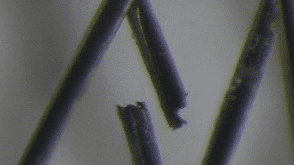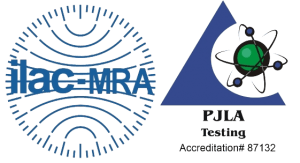Electrochemical Corrosion Testing
Corrosion evaluation is an important part of any medical implant development and evaluation strategy. Electrochemical corrosion testing according to ASTM F2129 is an efficient and effective way in assessing the risk of pitting corrosion. Testing according to ASTM F3044 is an excellent way to assess the potential for galvanic corrosion associated with different metals implanted together. Interpretation of corrosion electrochemical results and meeting associated regulatory expectations can be very problematic. The BDC Laboratories team has extensive experience in evaluating the corrosion resistance of numerous implants and can help navigate the requirements of the US FDA and other regulatory bodies.
Based on our extensive knowledge of corrosion testing, the BDC team can offer a complete assessment solutions as presented below. Our group is capable of supporting all aspects medical device corrosion assessment, including developing the testing strategy, establishing protocols, performing data analyses and providing regulatory quality final reports.


Move Forward with BDC
Testing Capabilities
ASTM Standards
- F2129: Standard Test Method for Conducting Cyclic Potentiodynamic Polarization Measurements to Determine the Corrosion Susceptibility of Small Implant Devices
- F3044: Standard Test Method for Evaluating the Potential for Galvanic Corrosion for Medical Implants
ISO Standards
- 25539-1, Cardiovascular implants — Endovascular devices — Part 1: Endovascular prostheses
- 25539-2, Cardiovascular implants — Endovascular devices — Part 2: Vascular stents
- 25539-3, Cardiovascular implants — Endovascular devices — Part 3: Vena cava filters
- 5840-1, Cardiovascular implants — Cardiac valve prostheses — Part 1: General requirements
- 5840-2, Cardiovascular implants — Cardiac valve prostheses — Part 2: Surgically implanted heart valve substitutes
- 5840-3, Cardiovascular implants — Cardiac valve prostheses — Part 3: Heart valve substitutes implanted by transcatheter techniques
- 5910, Cardiovascular implants and extracorporeal systems — Cardiac valve repair devices